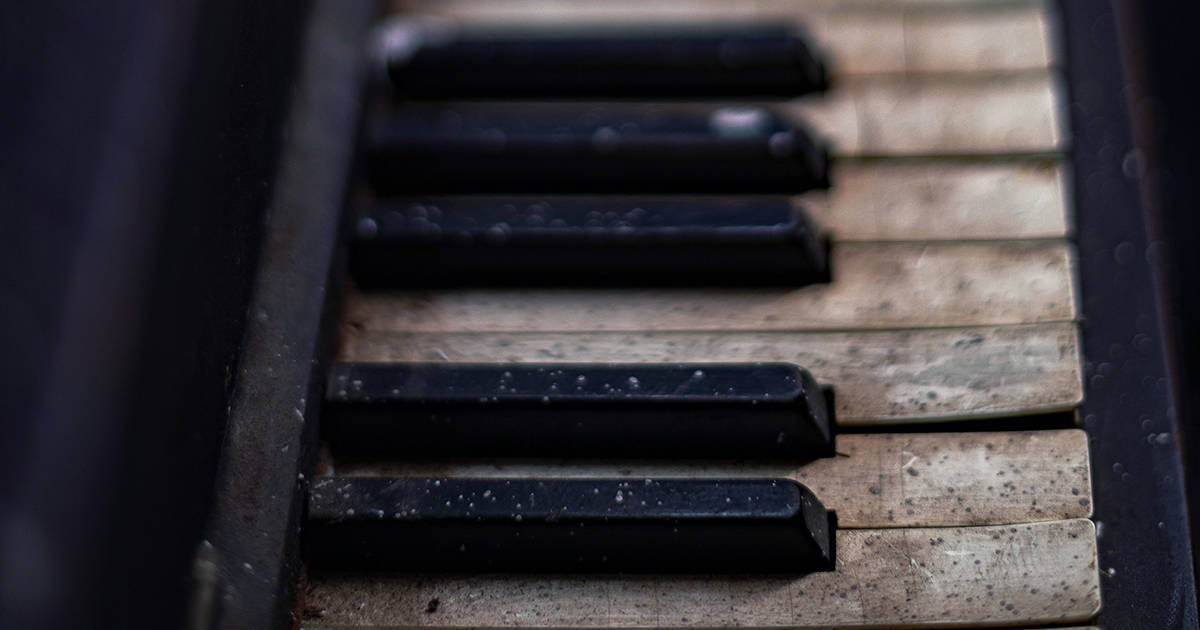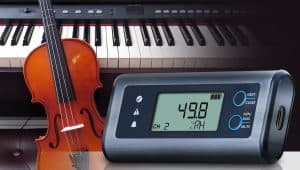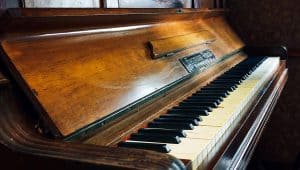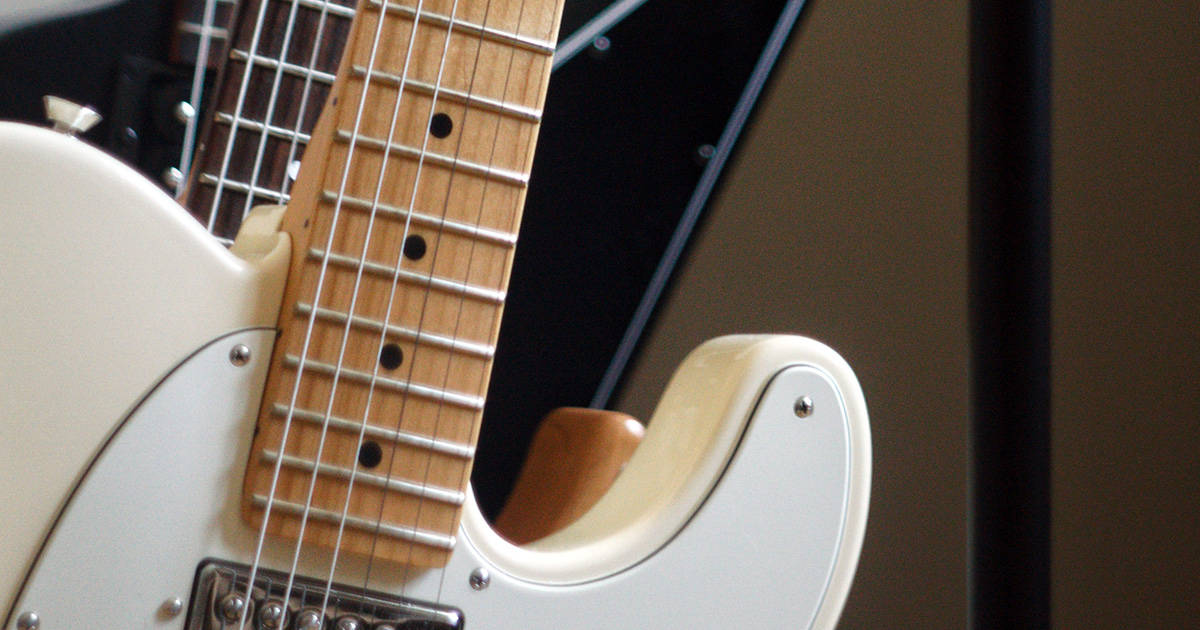Experts agree that humidity and extreme temperatures are enemies of musical instruments in storage, and instrument owners need to take great care when storing them. If they don’t, then they run the risk of their instruments warping, expanding, contracting or becoming otherwise damaged, which can lead to costly repair or replacement.
(Garraffo, 2016)
Varying temperatures or exposure to extreme changes in humidity can have a catastrophic impact on your musical instruments. In fact, these can cause damage to any type of wooden instrument, as wood expands and contracts depending on the moisture and heat levels in the atmosphere. These changes cause instruments to swell and crack, especially when humidity is high.
This research explores how varying temperature and humidity levels can cause damage to instruments and identifies health issues found from poorly protected instruments. While putting forward a data logging solution in order to help monitor the temperature and humidity levels around musical instruments to ensure best storage conditions.
Threats imposed by temperature and humidity to musical instruments
Fluctuations that occur repeatedly over a short period of time will have the most damaging effect as the materials do not have enough time to acclimatize.
(Condair, 2018)
Instruments made from timber such as guitars, cellos, pianos, violins, and other woodwind instruments are at a higher risk of damage when exposed to high humidity levels. The excessive moisture in the instrument’s atmosphere can cause the timber to become warped, meaning bridges may become loose and instruments may become unplayable.
High levels of heat and humidity will cause the wood to swell, whereas it shrinks in lower levels. Over time, this steady cycle of expansion and contraction will not only introduce physical imperfections such as cracking and splitting, but it may also affect the instrument’s sound production.
Mold infestation not only damages musical instruments but it can also cause illness.
(Danenbarger, 2016)
Mould and mildew is another common problem which can affect anyone with a wooden instrument or case to hold one. The mold not only causes visible or audible problems for instruments, but it can also be harmful to the health of those who use it. According to the National Center for Environmental Health (2020) exposure to mold can and may cause a variety of health effects including a stuffy nose, red, itchy eyes and itchy skin – it has also been known to cause asthma attacks.
Temperature and humidity are the main factors in mold to grow, with humidity the most important. There are a wide variety of mold types, each preferring different levels of humidity; however, most are likely to spawn at 70% RH (Danenbarger, 2016). It is therefore recommended that you maintain the humidity level at 50% in your instrument’s environment (Danenbarger, 2016). Mold does not only affect instruments through its appearance and smell but it can also have a negative impact on those who use them.
A common health issue found with those with mold instruments is Saxophone Lung. Saxophone lung is a rare type of hypersensitivity pneumonia, in which musicians develop an allergic pulmonary disease to fungi grown in instruments (Shams, Berkowitz, Lee and Shih, 2013). Research from an asthma, allergy and immunology conference suggested that saxophone lung is a build-up of black mold inside an instrument, which when not properly cleaned out can cause persistent ill-health (Aleccia, 2013).

Pioneering Data Logging Technology
Most musical instruments tend to be under dynamic tension, which means they can be subject to catastrophic damage if mishandled or kept in inappropriate conditions.
(The University of Oxford, 2019)
Nowadays, global temperatures are becoming more and more changeable, making it even harder to ensure best storage conditions for musical instruments while they are not in use. However, using Lascar’s pioneering EL-SIE-2 data logger, you can enjoy accurate and efficient condition monitoring.
The EL-SIE-2 is a standalone USB data logger, measures ambient temperature and relative humidity while storing up to 1 million readings internally. The device will instantly alert you of any breaches to your pre-set temperature or humidity limits via the flashing LED’s and sounder or email notification via the free, downloadable, mobile app. Forewarning you about conditions where fast-growing mold can appear. Easily check your conditions each time you visit the device as all current data is available at a glance in the crystal clear display. For further analysis plug your device into a computer or laptop to view all your readings and enjoy data exporting and powerful graphing for further onward reporting.
By using this device you will not only be aware of the temperature and humidity conditions around your instruments but you will also be able to monitor and analyze the changing conditions over time, allowing you to prepare and adjust your environment to protect your instruments now and in the future.
Protecting your instruments from temperature and humidity will exponentially enhance the life of your instrument meaning they can be enjoyed for much longer.

References:
Aleccia, J., 2013. Melody Malady: Clarinet Player Develops ‘Saxophone Lung’ From Fungus. [online] NBC News.
Available at: https://www.nbcnews.com/healthmain/melody-malady-clarinet-player-develops-saxophone-lung-fungus-8C11557602 [Accessed 29 July 2020].
Condair, 2018. Museums, Galleries, Art & Antiques Humidification. [online] Condair.co.uk.
Available at: https://www.condair.co.uk/applications/other-humidifier-applications/museum-gallery-art-antique-humidification-humidity [Accessed 28 July 2020].
Danenbarger, J., 2016. Kill Mold, Keep Your Musical Instrument. [online] Medium.
Available at: https://medium.com/@WSI_Consulting_and_Education/kill-mold-keep-your-musical-instrument-86ae05b243d7#:~:text=Mold%20infestation%20doesn’t%20just,in%20some%20cases%2C%20skin%20irritation. [Accessed 27 July 2020].
Garraffo, N., 2016. How To Properly Store Musical Instruments In Mobile Storage Units. [online] A.B. Richards inc.
Available at: https://abrichards.com/blog/how-to-store-musical-instruments-in-mobile-storage-containers/ [Accessed 30 July 2020].
National Center for Environmental Health, 2020. Mold – Assessment, Cleanup And Prevention. [online] Cdc.gov.
Available at: https://www.cdc.gov/mold/default.htm [Accessed 29 July 2020].
Shams, M., Berkowitz, D., Lee, F. and Shih, J., 2013. Malady of the Melodies. Annals of Allergy Asthma & Immunology, 111. The University of Oxford, 2019. Oxford University Bate Collection | Care And Preservation. [online] Bate.ox.ac.uk.
Available at: https://www.bate.ox.ac.uk/care-and-preservation/ [Accessed 28 July 2020].




